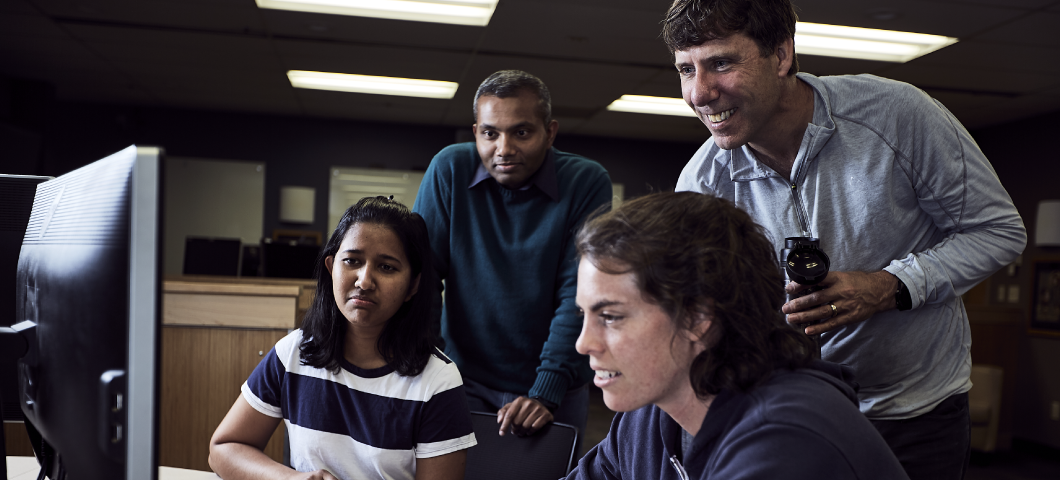For Industry
Industry Collaboration & Sponsored Research | Available MSU Technologies | MSU Technical Services
Industry Collaboration & Sponsored Research
The Technology Transfer Office pursues three primary outreach goals:
- Establishing collaborations and working relationships between industry and each of the research and creative areas of MSU. This includes pursuing industry sponsored research and collaborating on commercial opportunities.
- Licensing the inventions of MSU faculty and researchers to industry and managing the relationship between the University and its licensee partners.
- Serving the economic development arm of the University and working with Montana companies and entrepreneurs to leverage the resources of MSU to the benefit of Montana's economy.
Industry sponsored research successes through MSU TTO
While the primary goal of the MSU Technology Transfer Office (TTO) is to protect and license the intellectual property generated by the faculty, often the inventions disclosed by faculty to the TTO are too early in development to attract licensing interest. One of the best alternatives in this case is to collaborate with a company in further development of the research. In addition to no-cost collaborations, industry sponsored research can sometimes be appropriate when government funding is no longer a good fit--as is the case when efforts are shifted away from research towards development. The TTO has been instrumental in facilitating research collaboration and sponsored research agreements between MSU faculty and many leading companies.
The TTO welcomes the opportunity to talk to faculty and industry about ways to work together. For more information, reference this MSU agreement grid or contact Daniel Juliano at daniel.juliano@montana.edu.
MSU Technologies available to industry
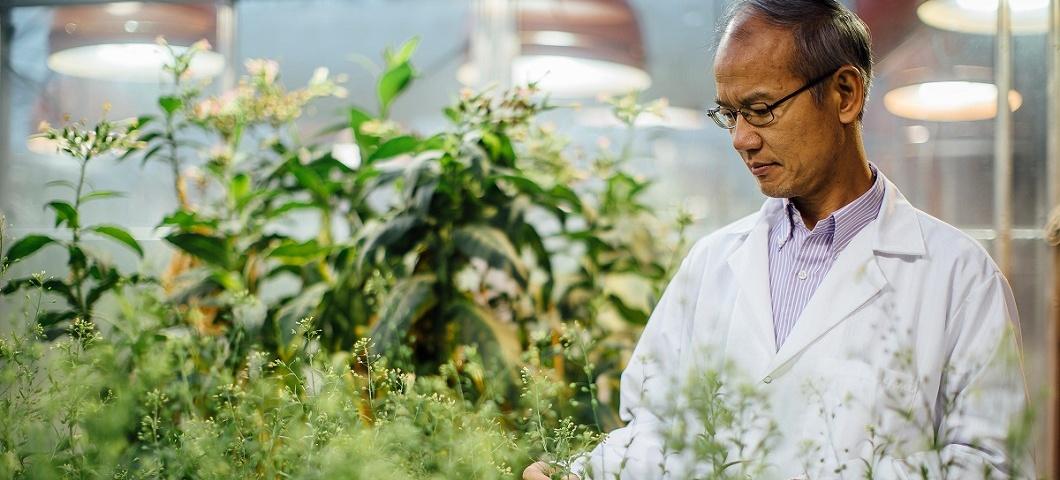
Biotechnology
CRISPR-based RNA Editing
Montana State University (MSU) researchers have created an innovative RNA editing platform that goes beyond knockouts by allowing targeted excision and precise re-ligation of RNA, providing tools to address challenges across medicine and biotechnology.
CRISPR-based Agricultural Diagnostics for Field Use
CRISPR-based system that detects RNA from plant pathogens, providing a powerful tool for diagnosing plant diseases directly in the field.
Lab-On-A-Chip Method for In Vitro Growing Cells with Controlled Geometry
Technique for growing cells with highly reproducible and predetermined curvature can be used to understand role of geometry in cell function and disease.
Mouse Monoclonal Antibodies
Anti-gp91phox, Anti-p22phox and Anti- CAP-18
Real-Time Monitoring of Carbon Fixation in Algal Cultivation via pH-Based Modeling
Predictive model enables near real-time estimation of CO₂ fixation in high pH photosynthetic systems.
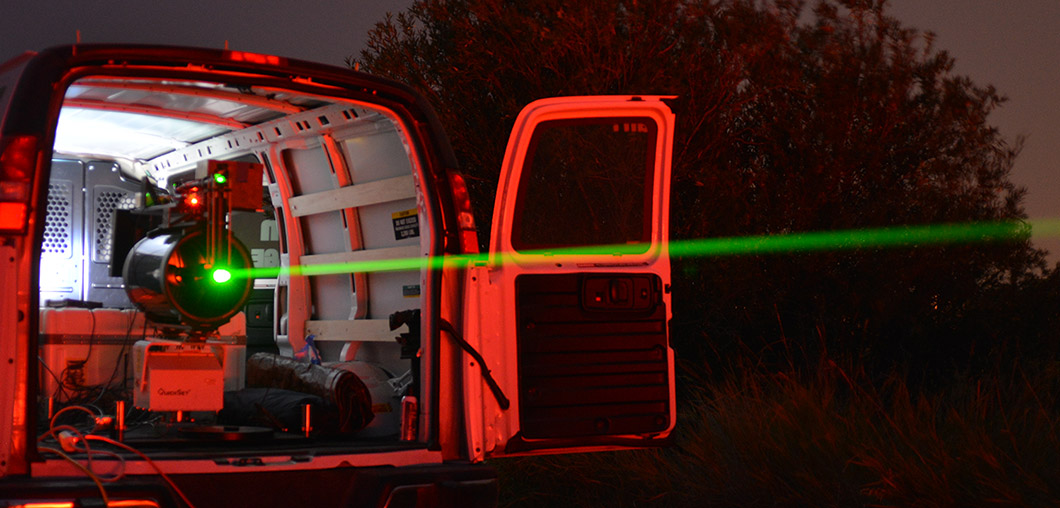
Optics/Photonics
Arbitrary Electromagnetic Signal Generation Using Nonlinear Materials
Patented method to generate precision-shaped RF and optical waveforms using nonlinear materials and advanced signal predistortion.
Detecting Thermodynamic Cloud Phases Using Optical Polarization
Better weather forecasting with cloud phase detection.
Diode laser for low-cost identification of water in the lower atmosphere
Better weather forecasting with a micro-pulse differential absorption LIDAR (DIAL).
Integrated Widefield and Microscopic Imaging Through a Single Lens
This innovative technology integrates a miniature CMOS camera with Reflectance Confocal Microscopy, providing simultaneous wide-field and high-resolution cellular imaging to improve diagnostic outcomes.
Flying Insect Detection and Identification
Laser-based detection system can monitor and discriminate flying insects.

Engineering
New Thermochemical Energy Storage Material for Energy Storage in Buildings
Impregnating a crystalline nanocellulose framework with calcium chloride provides a new stable thermal material for recycling solar, waste or other heat sources for improved building energy efficiency.
Improved Capacity with Optimized Cyclability for Silicon Batteries
Researchers at Montana State University have developed a new method to achieve a very robust, thick SEI layer on Si-based lithium-ion cells. The method can be easily integrated into current LIB cycling protocols to provide a rapid formation of a sustainable SEI layer.
Fabrication of Architecturally Controlled Electrolyte Frameworks For Solid-State Batteries
A new manufacturing technique to make ceramic electrolyte solid state batteries. (Co-owned with Lawrence Berkeley National Lab.)
Large magnetic moment bcc FexCoyMnz ternary alloy thin films
Montana State University seeks a partner to license and commercialize a breakthrough metal alloy with magnetic moment up to 3.25 μB/atom—shattering the previous record of 2.45 μB/atom.
Stretch Broken Carbon Fiber (SBCF)
Advanced carbon fiber composites for complex, high-performance structures.
Radiation tolerant computer proven to work for Aerospace Applications
Montana State University has developed a small lightweight computer that can resist damage from radiation exposure from low-orbit to deep-space missions.
Layered Catalytic System for Photocatalytic Water Treatment

Agriculture
Alleles for Intermediate Height Durum Wheat with Optimal Yield and Quality in Montana, North Dakota, and Canada
Intermediate height varieties from novel gene mutations increase yield 10% without decreasing quality.
Alleles to Control Plant Height and Tillering Characteristics for Optimal Yield and Quality in Grain, Forage, and Dual-Purpose Wheat Varieties
Novel gene mutations have been identified to optimize production and quality for both grain and forage production.
Breakthrough Genetic Resistance to Ascochyta Blight in Field Pea
Licensable Mutant Line L597 Offers Stable, Heritable Resistance to Didymella pinodes for Sustainable Crop Improvement.
MTCL19151 Clearfield HRWW
MSU seeks a partner to license and commercialize a new variety of Clearfield hard red winter wheat.
MT229 and MT144 Camelina
Montana State University seeks partners to license and commercialize two spring type camelina lines.
MSU Technical Services
MSU can provide a wide array of services to industry - services which utilize the unique expertise of faculty, researchers and students. Such resources may also involve methodologies, equipment or techniques not commonly found in the commercial sector. A partial compilation of the divergent research areas on campus which also provide highly specialized services to industry is provided below. The TTO can provide additional information on these and other capabilities available at MSU.
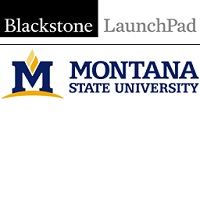
The MSU Blackstone LaunchPad is an entrepreneur resource for students, alumni and faculty. The Blackstone LaunchPad is designed to encourage entrepreneurial thinking to create a new generation of entrepreneurs that will contribute to the economic revitalization of their regions.
www.montana.edu/launchpad
The Montana Innovation Partnership (MTIP) powered by MSU TechLink Center in partnership with the Montana Department of Commerce offers no-cost services to help Montana innovators and entrepreneurs learn about and compete for over $2.5 billion in federal research and development funding under the Small Business Innovation Research (SBIR) and Small Business Technology Transfer (STTR) programs.
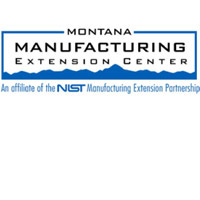
The Montana Manufacturing Extension Center is a statewide manufacturing outreach & assistance center staffed by full-time professionals with degrees in engineering and extensive experience in manufacturing and business in a variety of industries. MMEC has a proven record of positive impact for client firms and the economy.
www.mtmanufacturingcenter.com
The CBE's mission is to advance fundamental interdisciplinary research and education related to the management of bacterial biofilms, and to transfer that knowledge to the realm of applied science and technology. The CBE's Industrial Associates program provides key support for CBE research and operations, as well as valuable input that keeps CBE research relevant.
www.biofilm.montana.edu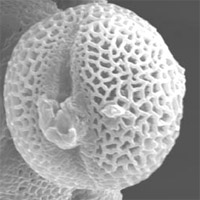
ICAL provides analytical facilities for the physical, biological and engineering sciences. These facilities are open to both academic researchers and the general public. Laboratory instrumentation is dedicated to the characterization of materials through high resolution imaging and spectroscopy.
www.physics.montana.edu/ical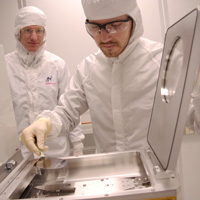
The Optical Technology Center is a multidisciplinary center at Montana State University, offering opportunities for students, faculty, industry, and other interested partners to learn and work together to find solutions to practical problems and to discover new applications for optical technology.
www.optec.montana.edu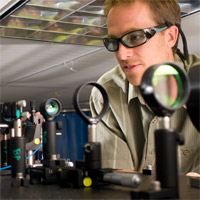
The Spectrum Lab was established in 1999 to advance the opto-electronic technologies emerging from the research laboratories of Montana State University and foster their transition to Montana companies and in the process provide enhanced educational opportunities for undergraduate and graduate students.
www.spectrum.montana.edu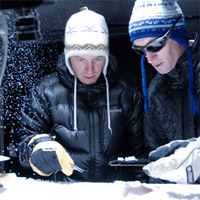
Montana State University is home to the Subzero Science and Engineering Research Facility, a unique and state-of-the-art suite of laboratories used to study the effects of the cold on projects across many scientific disciplines.
www.coe.montana.edu/ce/subzero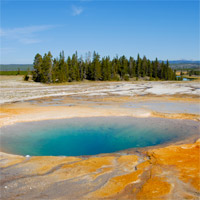
The Thermal Biology Institute conducts and promotes research and education focused on the biology and interrelated physical and chemical processes of geothermal environments in the Greater Yellowstone Ecosystem.
tbi.montana.edu
The Western Transportation Institute is the country's largest National University Transportation Center focused on rural transportation issues. WTI's main facility with its state-of-the-art labs is adjacent to MSU. WTI has additional offices in Alberta, Canada, and central Washington, and a large testing facility in rural Montana near Lewistown.
www.wti.montana.edu
